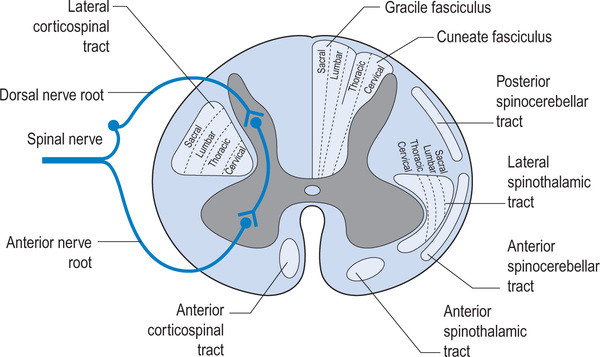Podcast 159: Accelerating body mass, foot intrinsic thickness, ADHD gait and more !
/Patreon and Masterclass: https://www.patreon.com/thegaitguys
join us at the 40$ level,
VIMEO on demand (pssst, the 40$ patreon level is a better deal !)
https://vimeo.com/ondemand/thegaitmasterclass
*The Masterclass in Gait, with the Gait Guys join us monthly at: https://www.patreon.com/thegaitguys for the monthly Masterclass installment hour. Formal presentations, slides, videos, demos, deep dives on topics you will not hear anywhere but here ! We hit gait, biomechanics, neurology and orthopedics of all of the gait topics we present. This is not for the weak and timid, this is the deep dive you have been waiting for. Join us while we turn our normal 50 minute presentations into 3.5 hours on a regular basis !
The 40$ Patreon level will give you the best deal on the Masterclass and also get you the $20, $10, and 5$ Patreon level content. What a deal ! It will not be here forever so lock in now ! Note, the 40$ Patreon level gets you more Masterclass content than the $40 VIMEO purchases.
Links to find the podcast:
Look for us on Apple Podcasts, Google Play, Podbean, PlayerFM, RADIO and more.
Just Google "the gait guys podcast".
_______________________________________________________________________________
Our Websites:
www.thegaitguys.com
Find Exclusive content at: https://www.patreon.com/thegaitguys
doctorallen.co
summitchiroandrehab.com
shawnallen.net
Our website is all you need to remember. Everything you want, need and wish for is right there on the site.
Interested in our stuff ? Want to buy some of our lectures or our National Shoe Fit program? Click here (thegaitguys.com or thegaitguys.tumblr.com) and you will come to our websites. In the tabs, you will find tabs for STORE, SEMINARS, BOOK etc. We also lecture every 3rd Wednesday of the month on onlineCE.com. We have an extensive catalogued library of our courses there, you can take them any time for a nominal fee (~$20).
Our podcast is on iTunes and just about every other podcast harbor site, just google "the gait guys podcast", you will find us.
Where to find us, the podcast Links:
Apple podcasts:
https://itunes.apple.com/us/podcast/the-gait-guys-podcast/id559864138?mt=2
Google Play:
https://play.google.com/music/m/Icdfyphojzy3drj2tsxaxuadiue?t=The_Gait_Guys_Podcast
Links to today's show:
http://traffic.libsyn.com/thegaitguys/pod_159_april_5_-_42620.mp3
http://thegaitguys.libsyn.com/accelerating-body-mass-foot-intrinsic-thickness-adhd-gait-and-more
http://directory.libsyn.com/episode/index/id/14155346
Show notes:
Gait Posture. 2020 Feb 20;78:54-59. doi: 10.1016/j.gaitpost.2020.02.014. [Epub ahead of print]
Muscle capacity to accelerate the body during gait varies with foot position in cerebral palsy.
Hegarty AK1, Kurz MJ2, Stuberg W2, Silverman AK3.
J Sport Rehabil. 2020 Mar 31:1-9. doi: 10.1123/jsr.2019-0211. [Epub ahead of print]
Effects of a 4-Week Short-Foot Exercise Program on Gait Characteristics in Patients With Stage II Posterior Tibial Tendon Dysfunction.
Kim J, Lee SC, Chun Y, Jun HP, Seegmiller JG, Kim KM, Lee SY.
Hum Mov Sci. 2020 Apr;70:102584. doi: 10.1016/j.humov.2020.102584. Epub 2020 Feb 8.
Gait control in children with attention-deficit/hyperactivity disorder.
Simmons RW1, Taggart TC2, Thomas JD3, Mattson SN3, Riley EP3.
Gait Posture. 2020 Mar 17;78:30-34. doi: 10.1016/j.gaitpost.2020.03.009. [Epub ahead of print]
Navicular drop is negatively associated with flexor hallucis brevis thickness in community-dwelling older adults.
Fukumoto Y1, Asai T2, Ichikawa M3, Kusumi H3, Kubo H4, Oka T5, Kasuya A6.
Front Pediatr. 2020 Feb 28;8:75. doi: 10.3389/fped.2020.00075. eCollection 2020.
Effects of Selective Dorsal Rhizotomy on Ankle Joint Function in Patients With Cerebral Palsy.
Ates F1, Brandenburg JE2,3,4, Kaufman KR1.
Gait Posture. 2020 Mar 4;78:26-29. doi: 10.1016/j.gaitpost.2020.03.003. [Epub ahead of print]
Higher visual reliance during single-leg balance bilaterally occurring following acute lateral ankle sprain: A potential central mechanism of bilateral sensorimotor deficits.
Kim KM1.
















